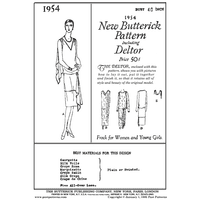 Loading... Please wait...
Loading... Please wait...Categories
Add to Wish List
New Products
Product Description
c. 650-1310 A.D.
Includes 14 tunics for men, woman and children, with most parts being interchangeable. Chest sizes 16-54. These go particularly well with MM090, MM092, MM093, MM101 and MM102.
Tunics were perhaps the first style to spread throughout Europe, worn from Ireland to Russia, Scandinavia to Byzantium to Spain. They were worn by almost everyone, peasant to noble, from Roman times through the 1300's. Many of the same variations are seen again and again, although a few appear to be limited to one sex or the other and woman's tunics or undertunics were always long. Class differences were shown by the fabric and decoration as well as the cut of the tunic. A nobleman at court might wear a long, full tunic of silk with jeweled embroidery, while working in the field, his poorest peasant would wear a short tunic of coarse wool. Men would usually wear hose (MM043 or MM101) with their tunics, but women didn't.
In the first half of the 14th century the discovery that one could cut the armholes and sleeve caps curved, thus achieving a better fit, caused some change in the basic style. With this change the tunic continued to be worn, in a more or less modified form for another 200 years, especially among the lower classes. One version of the tunic evolved into the cotehardie (MM021 and MM023).










